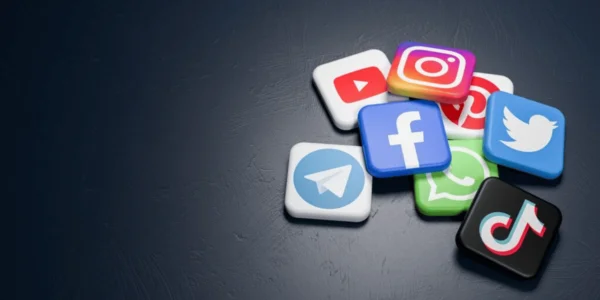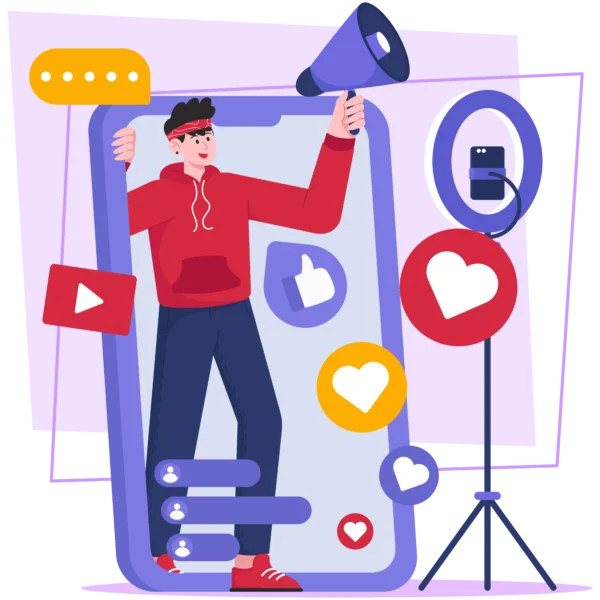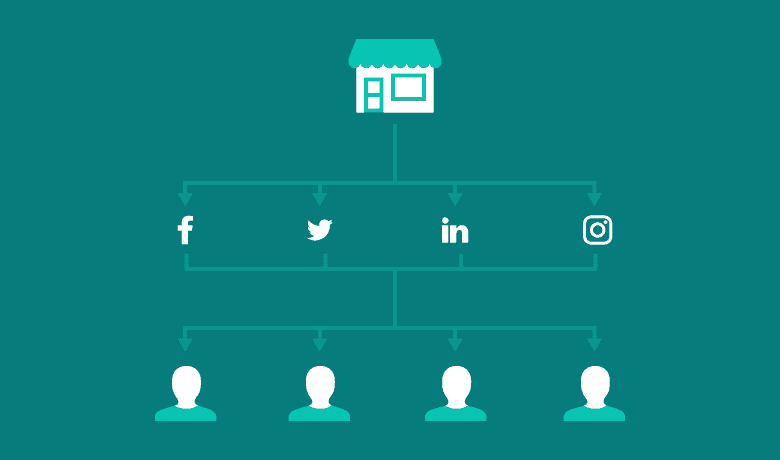Introduction: The Role of Social Media in Business
Social Media Platforms In today’s hyperconnected world, social media plays an integral role in shaping business strategies. Social Media Platforms are a powerful tool that bridges the gap between brands and consumers, offering a platform for direct communication and engagement. Businesses leveraging social media effectively can tap into its potential to reach a broad global audience, promote their products or services, and foster lasting relationships with their customers.
However, the dynamic nature of social media calls for businesses to stay updated with current trends and adapt to evolving user behavior. The significance of social media extends beyond mere communication, offering insights into consumer preferences, competitive analysis, and market trends. This article will explore seven social media platforms your business shouldn’t ignore to build an impactful digital presence.
Understanding the Value of Social Media Platforms
In the digital age, social media platforms have become an indispensable tool for businesses. They allow businesses to reach a wider audience, promote their products or services, and interact directly with their customers. From global brands to small local businesses, everyone recognizes the potential of these platforms to drive growth and increase visibility. Each platform has its own unique features and audience, making it vital for businesses to understand where their target customers spend their time online.
Not all social media platforms are created equal. The best platform for your business depends on your specific goals, the nature of your product or service, and the demographics of your target audience. The key is to focus your efforts on the platforms that align most closely with your business objectives. This article will explore seven key social media platforms that businesses should consider as part of their digital marketing strategy: Facebook, Instagram, LinkedIn, Twitter, Pinterest, YouTube, and TikTok. Each of these platforms offers unique opportunities for businesses to connect with their audience and grow their brand. Following, we will delve into some compelling reasons and insights that will aid in deciding which of these platforms aligns best with your brand and business goals.
Below are the Big Giants of Social Media Platforms
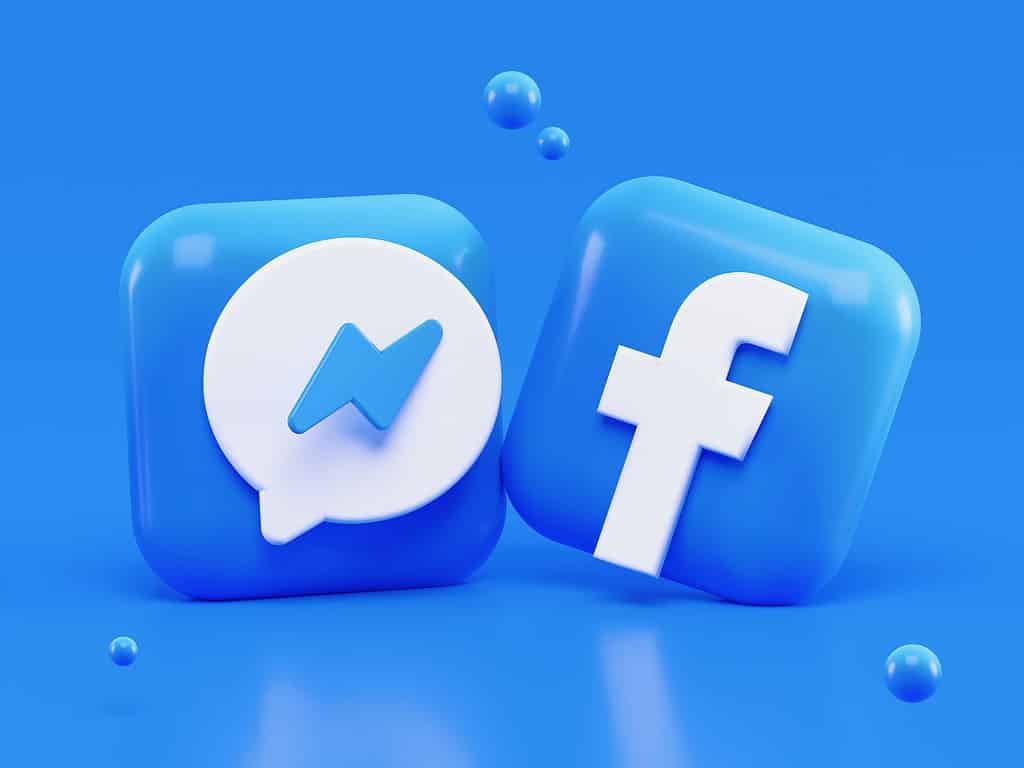
1. Facebook: The Social Media Giant
Reach and Advertising
Facebook, boasting over 2.8 billion active users, holds an unparalleled reach in the social media landscape. The platform’s widespread use across various demographics makes it a fertile ground for businesses aiming for extensive market coverage. Facebook’s intricate advertising ecosystem supports targeted ads based on user interests, behavior, and demographics, allowing businesses to reach their ideal customers more accurately.
Moreover, Facebook’s ad platform is continually evolving, offering businesses innovative ways to connect with their audience. From immersive formats like carousel and canvas ads to precise targeting capabilities, Facebook provides businesses with an array of tools to create impactful ad campaigns that resonate with their audience.
Facebook Insights
Facebook Insights is a robust analytics tool that provides valuable data about page followers and their interactions. Understanding these metrics can offer businesses invaluable insights into their audience’s behavior, preferences, and engagement patterns. This data can guide content creation, optimize posting schedules, and inform advertising strategies.
Additionally, Facebook Insights allows businesses to track their performance over time, identifying successful posts and strategies that garnered high engagement. This data-driven approach enables businesses to refine their social media strategy, foster audience engagement, and enhance their overall social media performance.
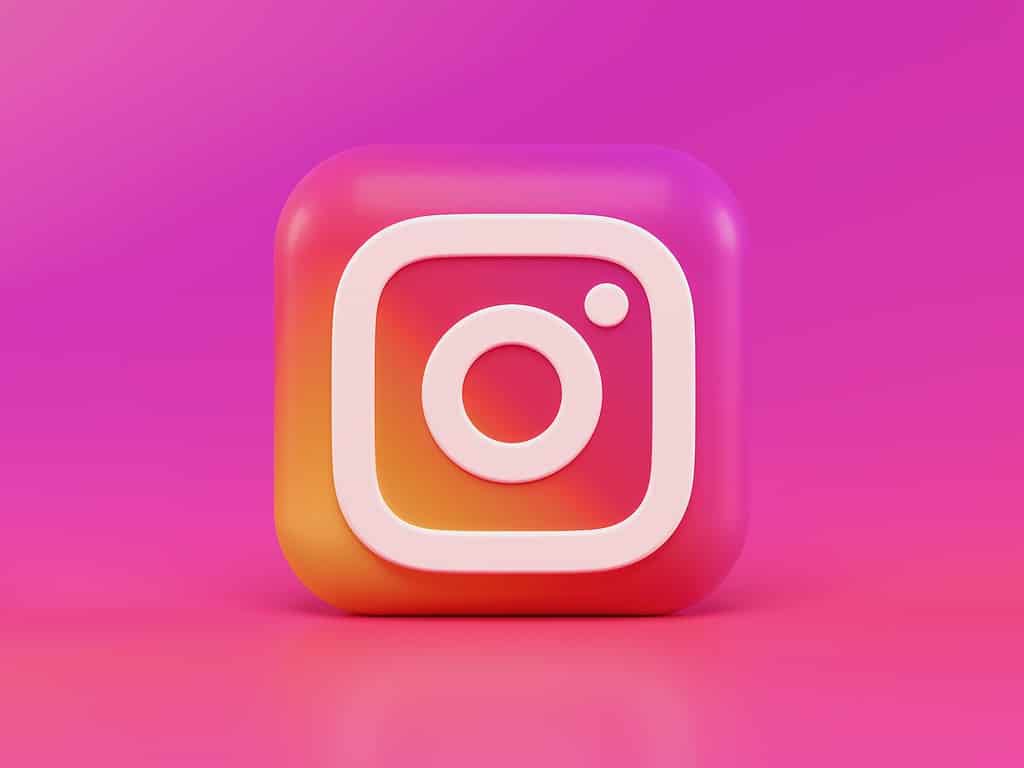
2. Instagram: The Visual Storyteller
Instagram Stories
Instagram is a visually-centric platform, making it an ideal choice for businesses with strong visual content. Instagram Stories, a feature that allows users to share photos and videos that disappear after 24 hours, has become a powerful tool for businesses to share behind-the-scenes content, showcase products, or offer a more intimate glimpse into their brand.
These ephemeral stories offer a unique opportunity for businesses to connect with their audience in a more casual and authentic way. From live videos and polls to Q&A sessions and countdowns, Stories provide diverse interactive elements that can boost audience engagement and encourage active participation.
Instagram Insights
Instagram Insights is a comprehensive analytics tool that offers data on follower demographics, post engagement, and more. This information is invaluable for businesses aiming to create content that resonates with their audience and boosts engagement. Insights provide detailed data about which posts have performed well, the most engaging times of day, and demographic information about followers.
This data can help inform future content, ensuring it aligns with audience preferences. Understanding your audience’s behavior and preferences can help businesses tailor their Instagram strategy, create more engaging content, and ultimately, foster a stronger connection with their followers.

3. LinkedIn: The Professional Network
LinkedIn for Businesses
LinkedIn, primarily known as a professional networking platform, is a powerful tool for B2B businesses. It provides a space for showcasing business expertise, connecting with industry professionals, and generating leads. With a user base of over 700 million professionals, LinkedIn offers businesses a platform to position themselves as industry leaders, share insights and news, and foster professional relationships.
Moreover, LinkedIn is a valuable platform for recruitment, allowing businesses to attract top talent and showcase their company culture. Businesses can leverage LinkedIn’s targeted advertising capabilities to reach potential employees and business partners, enhancing their professional network.
LinkedIn Analytics
LinkedIn Analytics offers detailed insights into post performance, audience engagement, and follower demographics. By understanding these metrics, businesses can refine their content strategy to better resonate with their professional audience.
LinkedIn Analytics provides data on which posts garner the most engagement, the best times to post, and the professional demographics of your followers. This detailed information can guide content creation, improve engagement rates, and help businesses effectively tap into LinkedIn’s professional network.
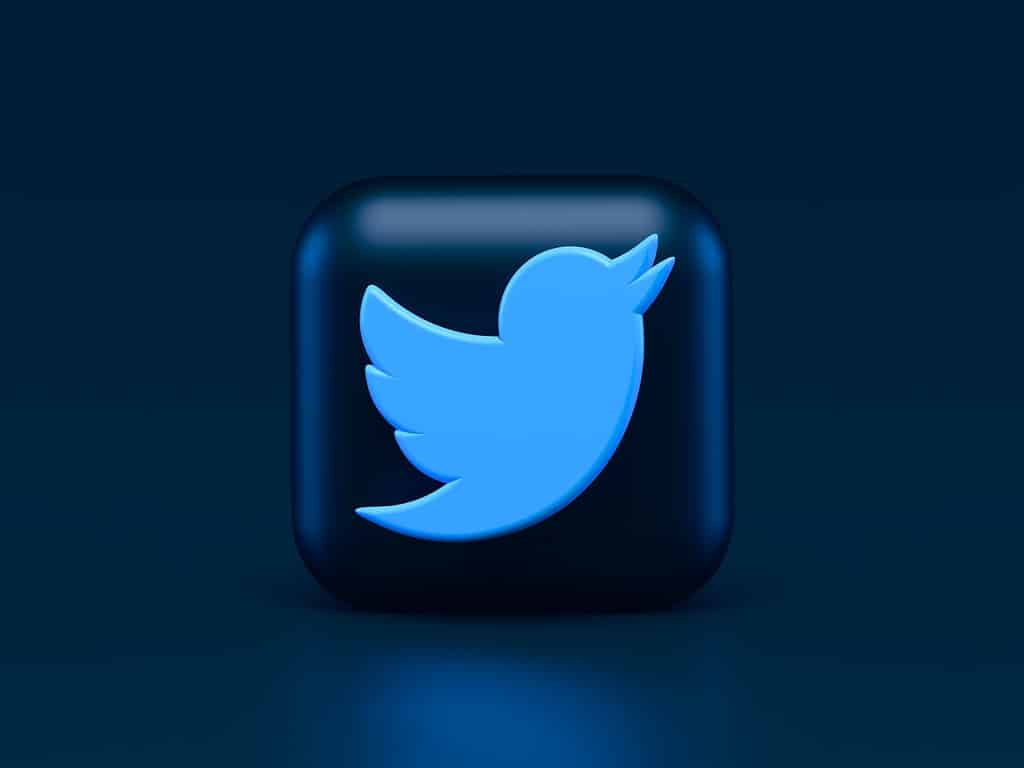
4. Twitter: The Real-Time Connector
Twitter for Brands
Twitter is an excellent platform for real-time communication and customer service. Its fast-paced nature makes it ideal for sharing timely updates, responding to customer inquiries, and engaging in trending conversations. For brands, it presents an opportunity to showcase their customer service, engage with their audience in real-time, and keep their finger on the pulse of industry trends and news.
Moreover, Twitter is a powerful platform for content distribution. Businesses can share blog posts, infographics, videos, and other content to drive traffic to their website, boost brand awareness, and engage their audience. Through strategic use of hashtags and participation in trending topics, businesses can expand their reach and visibility on the platform.
Twitter Analytics
Twitter Analytics provides detailed insights into tweet performance, audience interests, and follower demographics. By understanding these metrics, businesses can create more engaging content, participate in relevant conversations, and build a more engaged following.
Twitter Analytics offers information on which tweets get the most engagement, the best times to tweet, and details about your followers, such as their interests and location. This data can guide your Twitter strategy, helping to create more relevant tweets, optimize posting times, and foster a stronger connection with your followers.
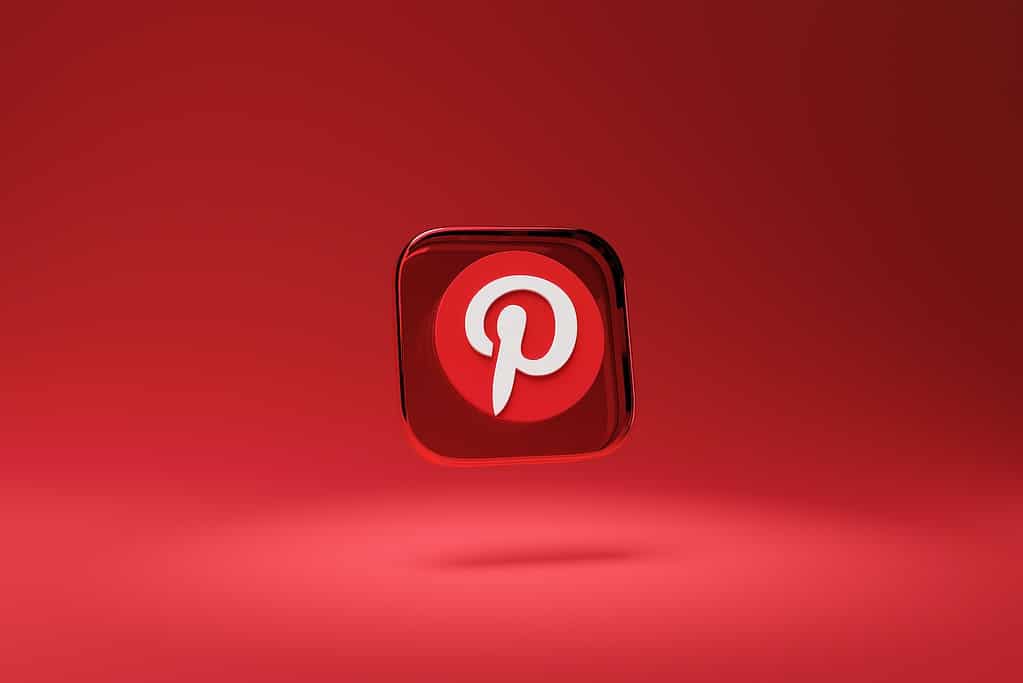
5. Pinterest: The Idea Generator
Pinterest for Marketing
Pinterest is a unique platform that allows users to discover and save ideas, making it a powerful tool for businesses in creative industries such as design, fashion, and home décor. Businesses can leverage Pinterest to showcase their products, inspire customers, and drive traffic to their website.
Pinterest’s unique user behavior, where users actively seek out inspiration and ideas, presents businesses with an opportunity to influence purchasing decisions early in the consumer journey. By creating visually appealing pins and optimizing descriptions with relevant keywords, businesses can reach users who are actively interested in their industry or products.
Pinterest Analytics
Pinterest Analytics provides detailed data on pin performance, audience demographics, and more. This data helps businesses understand what content resonates with their audience, guiding future content creation and strategy.
Pinterest Analytics offers insights into the most popular pins, demographic information about your audience, and how people interact with your pins. Understanding these metrics can help businesses create more engaging pins, reach the right audience, and drive more traffic and conversions.

6. YouTube: The Video Powerhouse
YouTube for Business
As the second largest search engine globally, YouTube is a go-to platform for video content. With over 2 billion users, it offers businesses a vast audience for their video content, from tutorials and product demonstrations to behind-the-scenes footage and brand stories.
YouTube offers businesses the opportunity to create a dedicated channel for their brand, where they can build a library of video content, engage with their audience through comments, and even monetize their content through YouTube’s Partner Program.
YouTube Analytics
YouTube Analytics provides detailed insights into video performance, viewer demographics, and engagement metrics. This data can help businesses create more compelling and relevant video content, enhancing their YouTube strategy.
YouTube Analytics offers data on video views, watch time, audience retention, and more. These metrics provide a deeper understanding of how your audience interacts with your videos, guiding content creation and optimization for better performance.

7. TikTok: The Rising Star
TikTok for Brands
TikTok, a platform known for its short, engaging video format and creative challenges, is increasingly capturing the attention of younger audiences. Its unique format offers businesses a new way to connect with their audience and showcase their creativity. From dance challenges and lip-sync videos to educational content and DIY hacks, TikTok offers endless possibilities for creative expression.
For brands, TikTok is an exciting platform to experiment with content that may not fit into their traditional social media strategy. By participating in trending challenges, creating engaging video content, and leveraging the platform’s duet feature, brands can connect with their audience in a fun and authentic way.
TikTok Analytics
TikTok Analytics offers insights into content performance, follower demographics, and engagement metrics. Understanding these metrics can help businesses create more engaging content and better understand their TikTok audience.
TikTok Analytics provides data on video views, profile views, follower growth, and more. These insights can guide your TikTok strategy, helping to create more engaging videos, optimize posting times, and better connect with your audience.
Fun Fact: The combined monthly active users of Facebook, Instagram, LinkedIn, Twitter, Pinterest, YouTube, and TikTok, the seven key social media platforms discussed in this article, amounts to over 6 billion! That’s close to 75% of the world’s population. It’s fascinating to think about the extent of connectivity and interaction that these platforms enable every day across the globe. No wonder businesses can’t afford to ignore their potential!
Fun Fact for Social Media Platforms:
The combined monthly active users of Facebook, Instagram, LinkedIn, Twitter, Pinterest, YouTube, and TikTok, the seven key social media platforms discussed in this article, amounts to over 6 billion! That’s close to 75% of the world’s population. It’s fascinating to think about the extent of connectivity and interaction that these platforms enable every day across the globe. No wonder businesses can’t afford to ignore their potential!
Facebook Fun Fact: Did you know the ‘Like’ button on Facebook was originally proposed to be a ‘Star’ or a ‘Plus’?
Instagram Fun Fact: The most liked photo on Instagram is an image of an egg, surpassing the previous record held by Kylie Jenner’s baby announcement.
LinkedIn Fun Fact: Two new users join LinkedIn every second. That’s a lot of new connections daily!
Twitter Fun Fact: The first tweet ever was by the CEO, Jack Dorsey, and it said, “just setting up my twttr.”
Pinterest Fun Fact: The most popular category on Pinterest is food & drink, and the most searched term is ‘healthy recipes.’
YouTube Fun Fact: The first video ever uploaded on YouTube was titled “Me at the zoo” and was only 18 seconds long.
TikTok Fun Fact: Over 1 billion videos are viewed every day on TikTok, which is more than YouTube.
Conclusion: Choosing the Right Platforms for Your Business
Social media is a powerful tool for businesses, but it’s essential to choose the right platforms for your specific needs. Each platform has its strengths, features, and audience, which should align with your business goals, target audience, and the type of content you want to share.
Choosing the right social media platforms for your business is not about being on every platform, but rather focusing on the platforms where your target audience is most active and where your content can shine. By understanding the unique features and audiences of each platform, you can make informed decisions and develop a social media strategy that drives your business forward.
Now it’s time for some FAQs.
Frequently Asked Questions
- Which social media platform has the largest user base?
As of now, Facebook has the largest user base, with over 2.8 billion active users worldwide. - Which social media platform is best for B2B businesses?
LinkedIn is widely regarded as the most effective platform for B2B businesses. - What social media platform is rising in popularity?
TikTok is rapidly gaining popularity, particularly among younger audiences. - How do I choose the right social media platform for my business?
Consider your business goals, target audience, and the type of content you want to share. Each platform has its strengths and can cater to different business needs. - Do I need to be on every social media platform?
Quality over quantity applies to social media. It’s better to focus on a few platforms where you can consistently create high-quality content and engage with your audience effectively.

